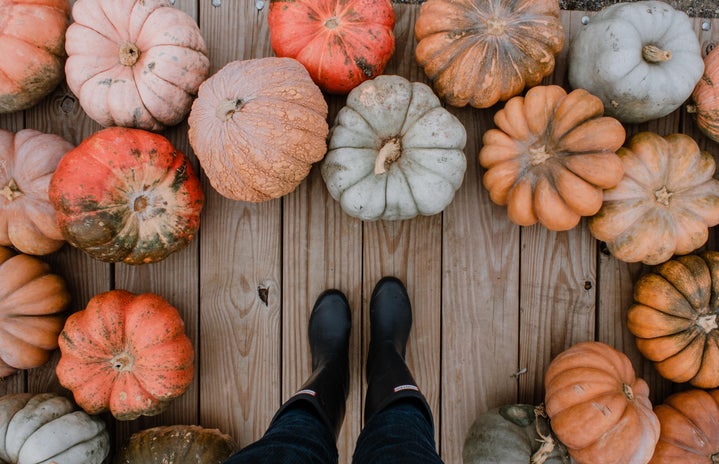Starting to dread getting out of bed more? This might be why…
The weather’s getting cooler, flannels are once again making an appearance, and the smell of pumpkin spice is in the air. It’s that time again– fall.
Fall is a season some may look forward to while others dread. Personally, I have a love-hate relationship with fall for many various reasons, the main one being that I associate this time of year with the start of seasonal depression.
This is around the time of the year I would start losing motivation in school, dread getting out of bed, and start taking longer naps. Little did I know that these were actually mild symptoms of seasonal depression that would impact my everyday life from Fall to Winter unknowingly. Once I realized how big the contrast in my behaviors and habits were between the warm and cold seasons, and that others were feeling the same way, I knew that this was a larger-scaled issue people need to be made more aware of.
The official name for this disorder is Seasonal Affective Disorder, or SAD for short. MayoClinic defines it as “a type of depression that’s related to changes in season… symptoms start in the fall and continue into the winter months, sapping your energy and making you feel moody.”
According to MayoClinic, Symptoms Include:
- Feeling depressed most of the day, nearly every day
- Losing interest in activities you once enjoyed
- Having low energy
- Having problems with sleeping
- Experiencing changes in your appetite or weight
- Feeling sluggish or agitated
- Having difficulty concentrating
- Feeling hopeless, worthless or guilty
- Having frequent thoughts of death or suicide
SAD can be an extremely debilitating disorder, yet it is often regarded with a chilling light-heartedness on social media. Although many people with SAD and other mental illnesses use humor as a coping mechanism, jokes shouldn’t overshadow the harsh reality of SAD. SAD is just as serious as chronic depression. In fact, if a person has been diagnosed with chronic depression or bipolar disorder in the past, the fall and winter months may worsen the symptoms.
The inevitable approach of the colder months shouldn’t take away the joys of going to pumpkin patches, watching spooky movies, or spending holidays with loved ones. Luckily, treatment is available. A few ways to combat SAD include light therapy (phototherapy), certain medications, and psychotherapy.
Don’t let SAD make you sad, and above all, remember that what you’re feeling is valid and many others feel the same way.


